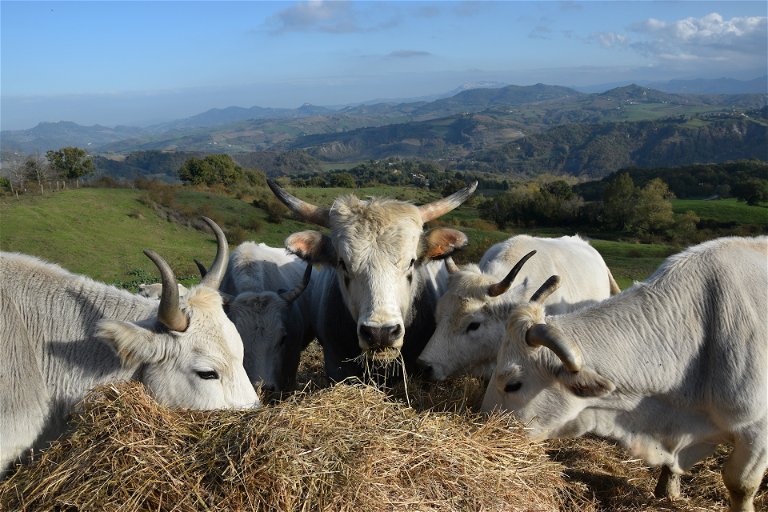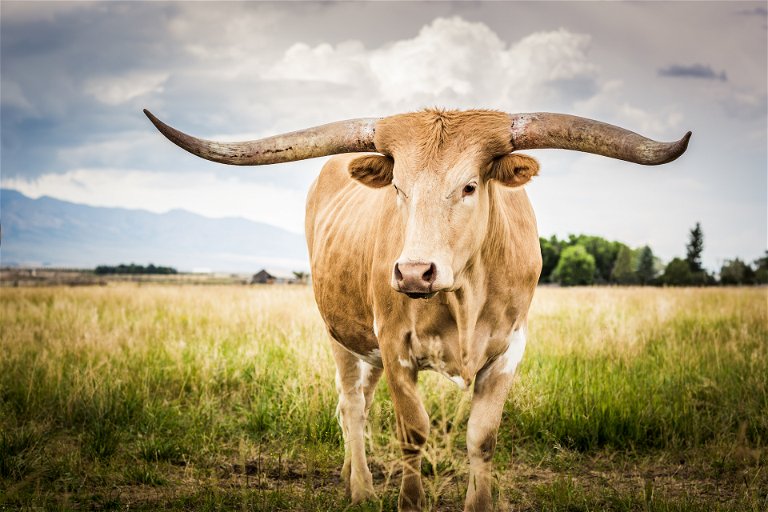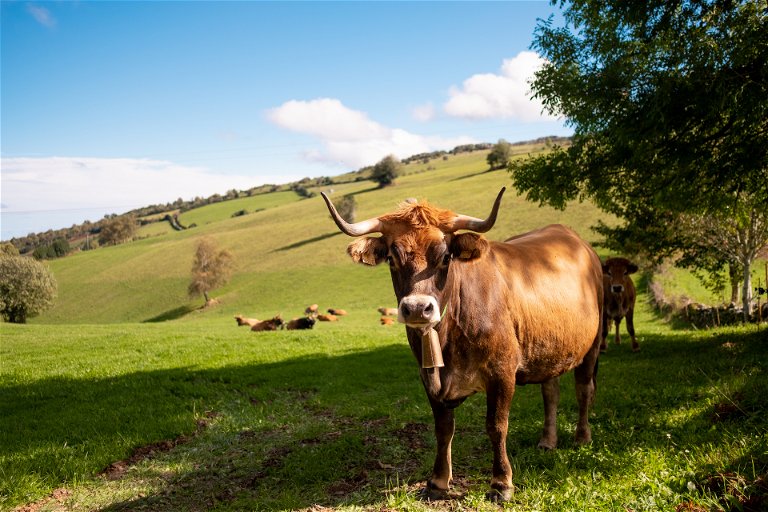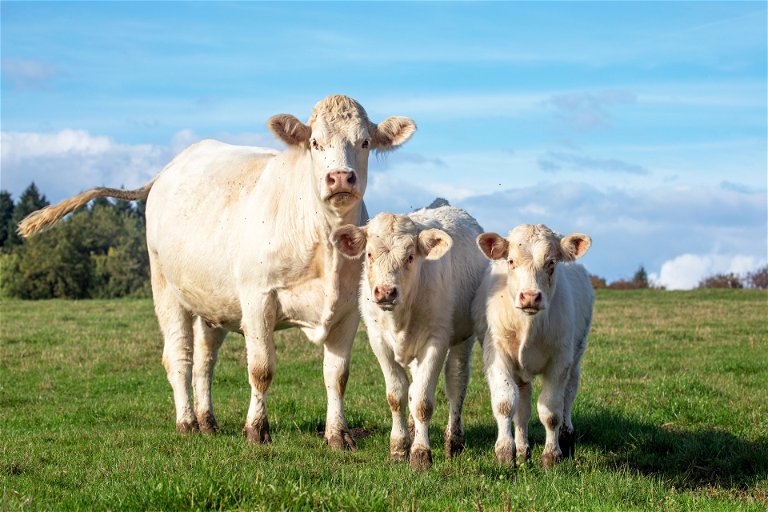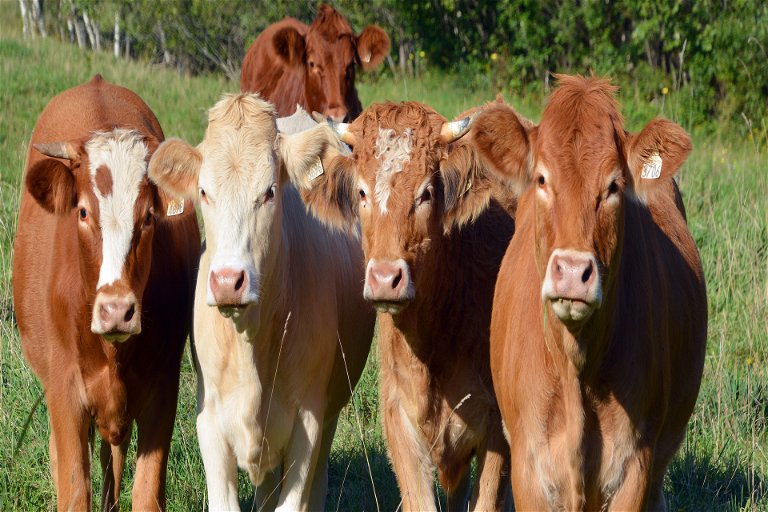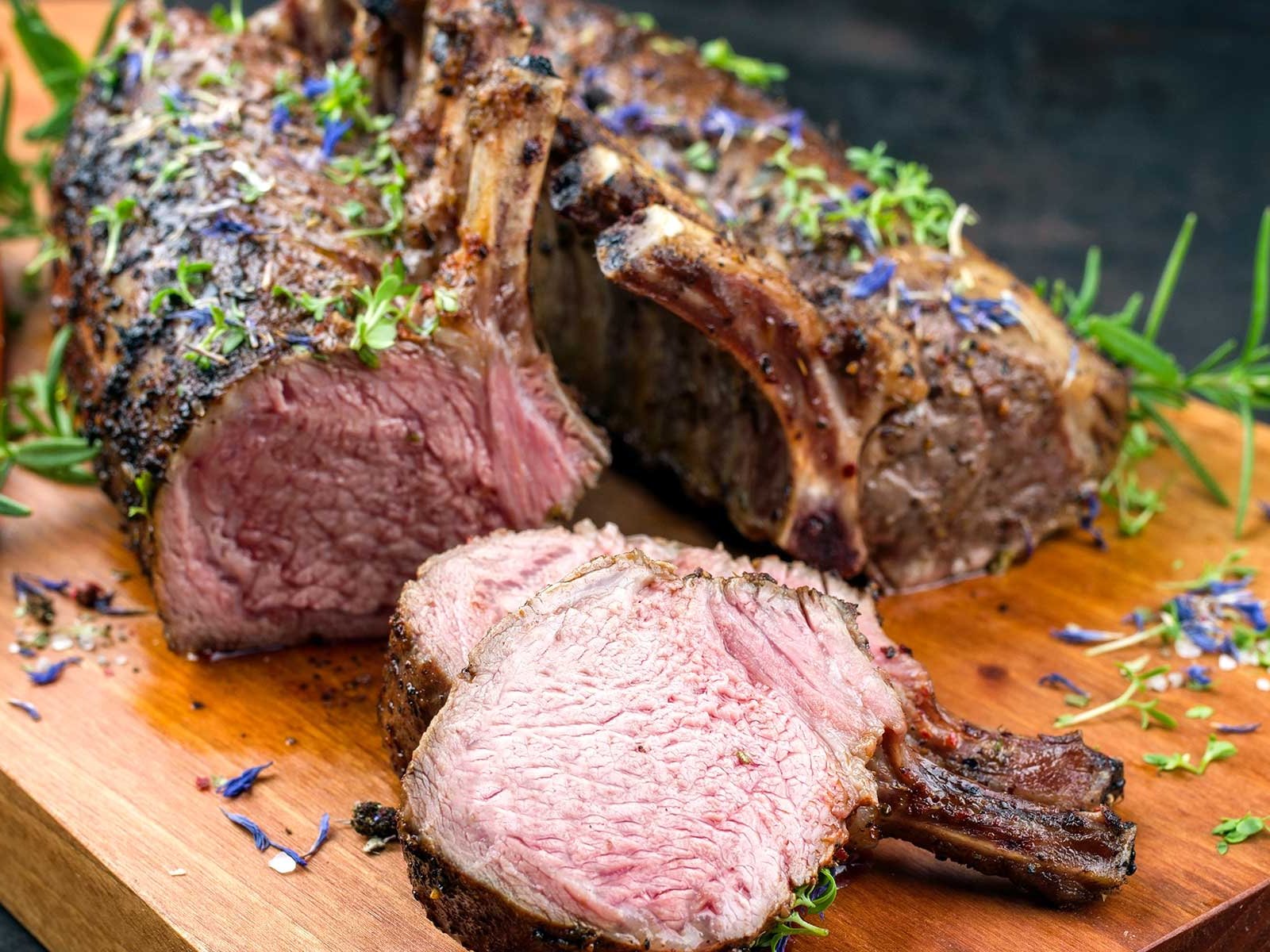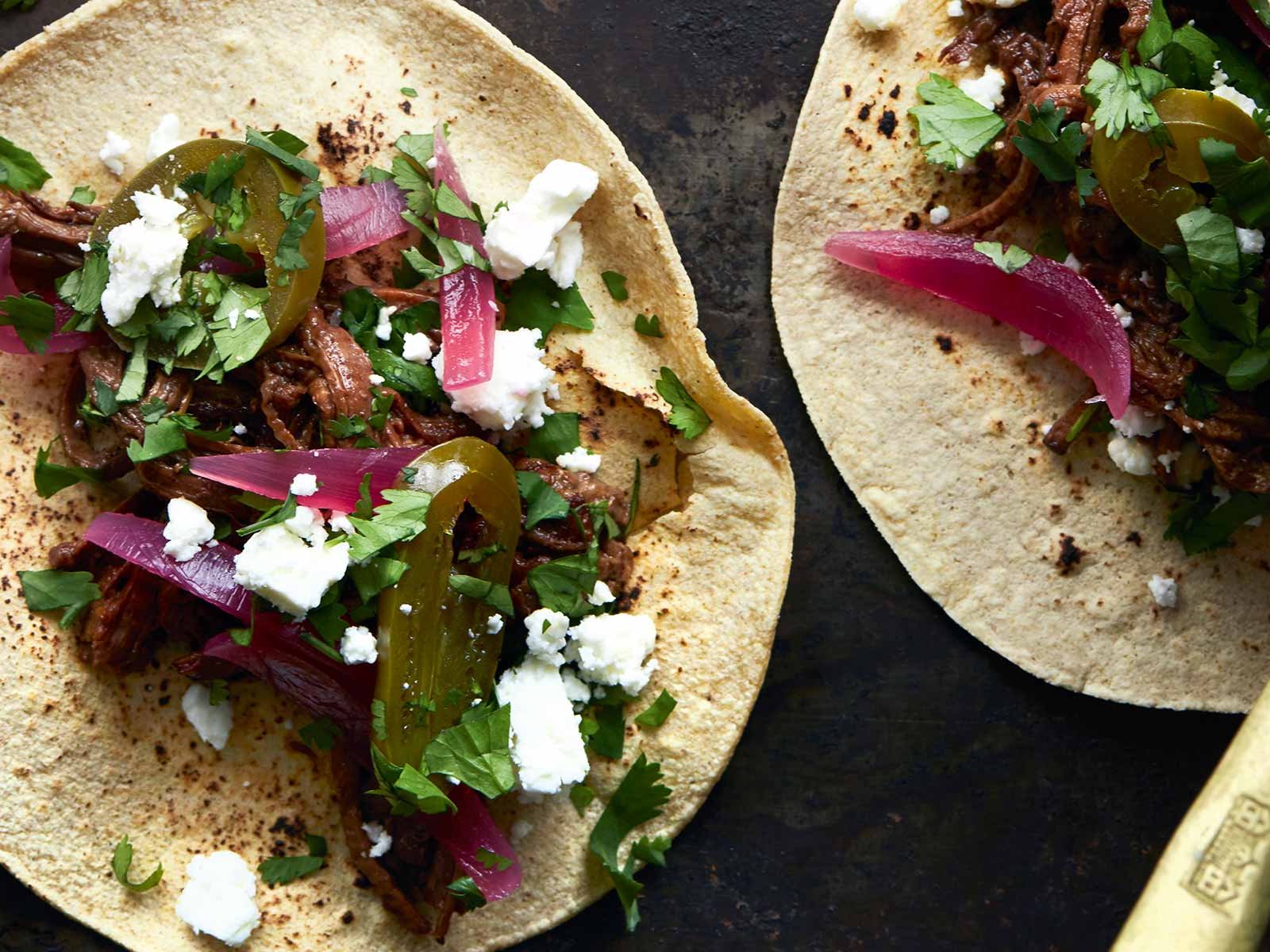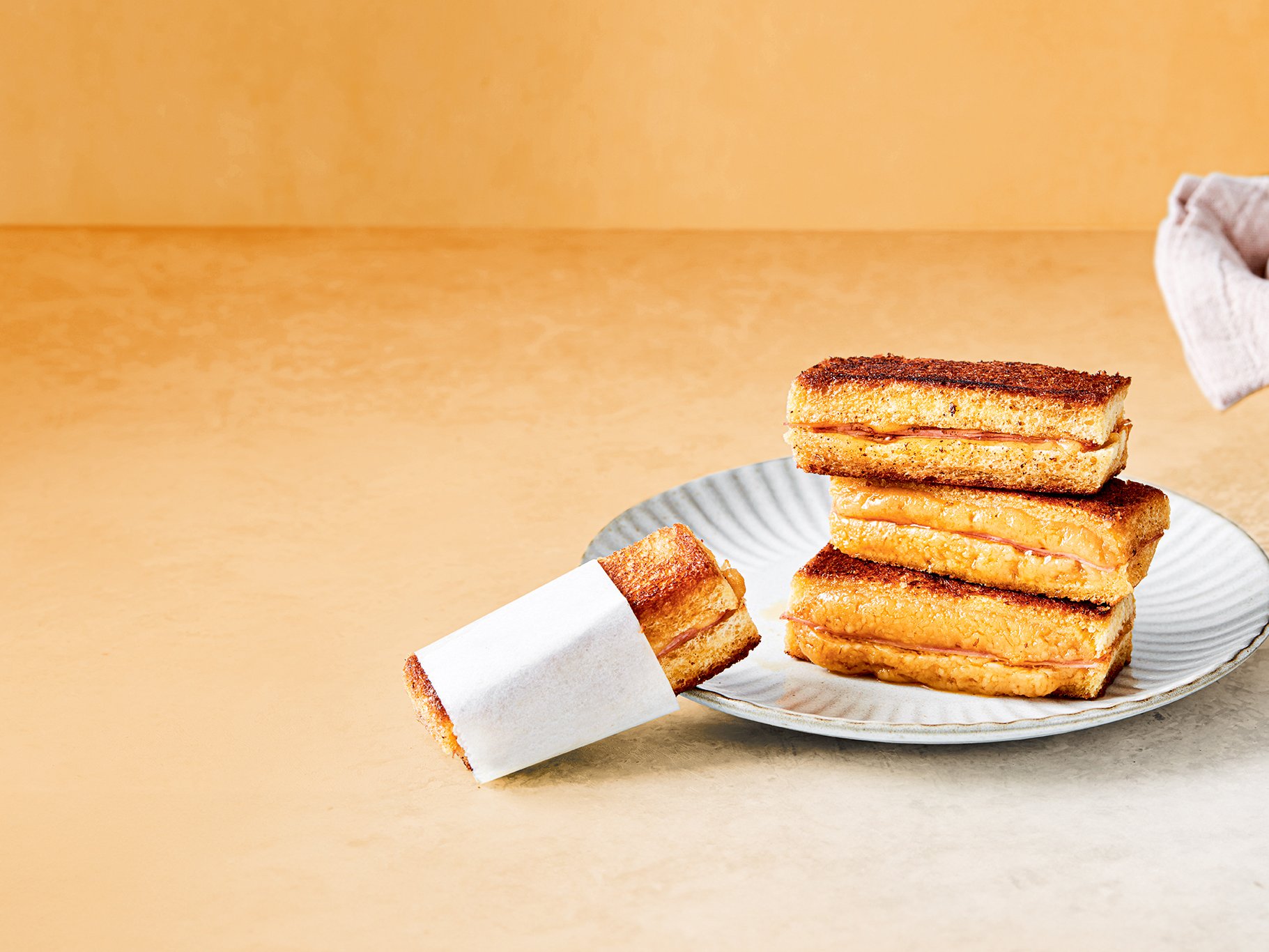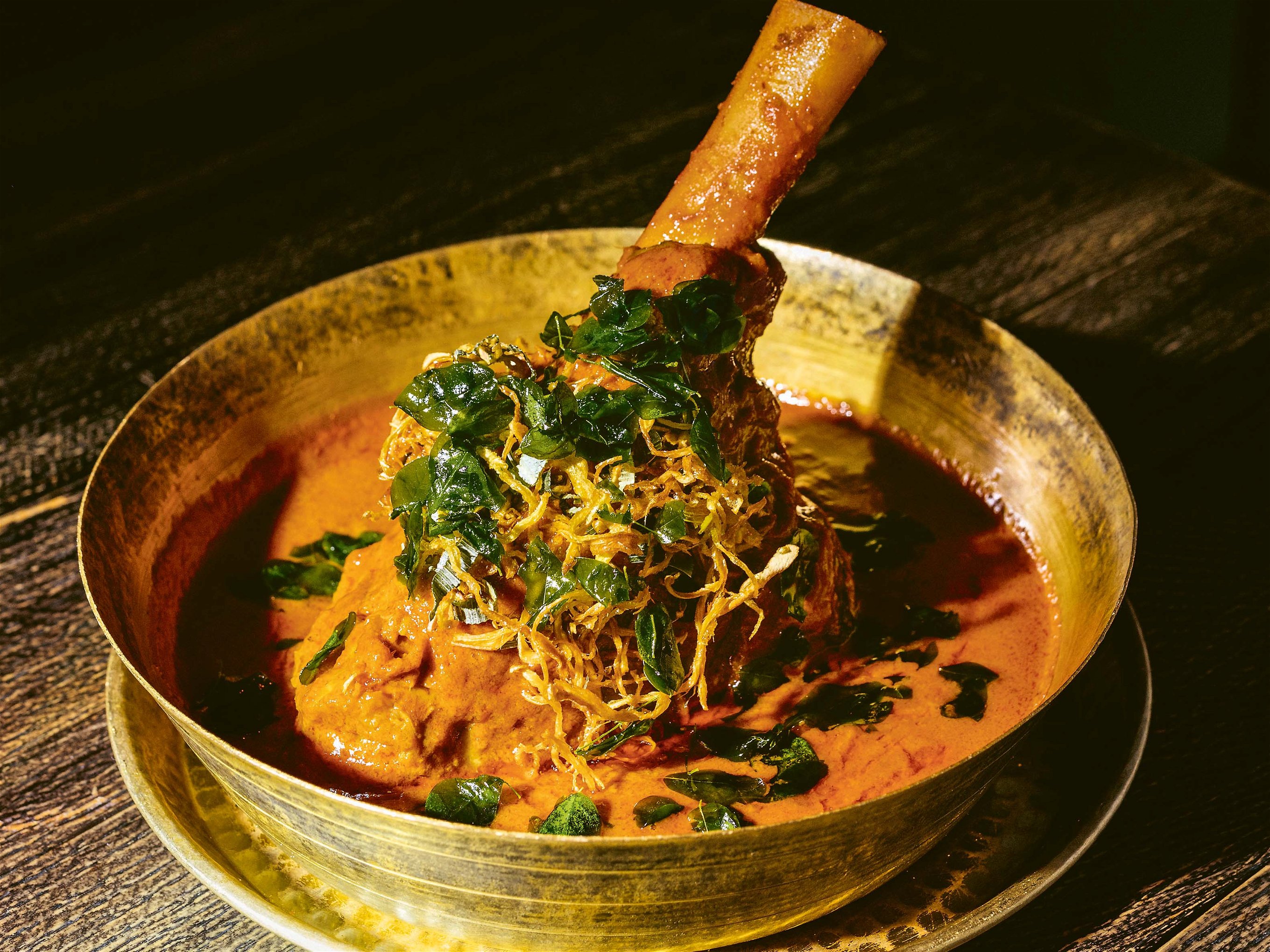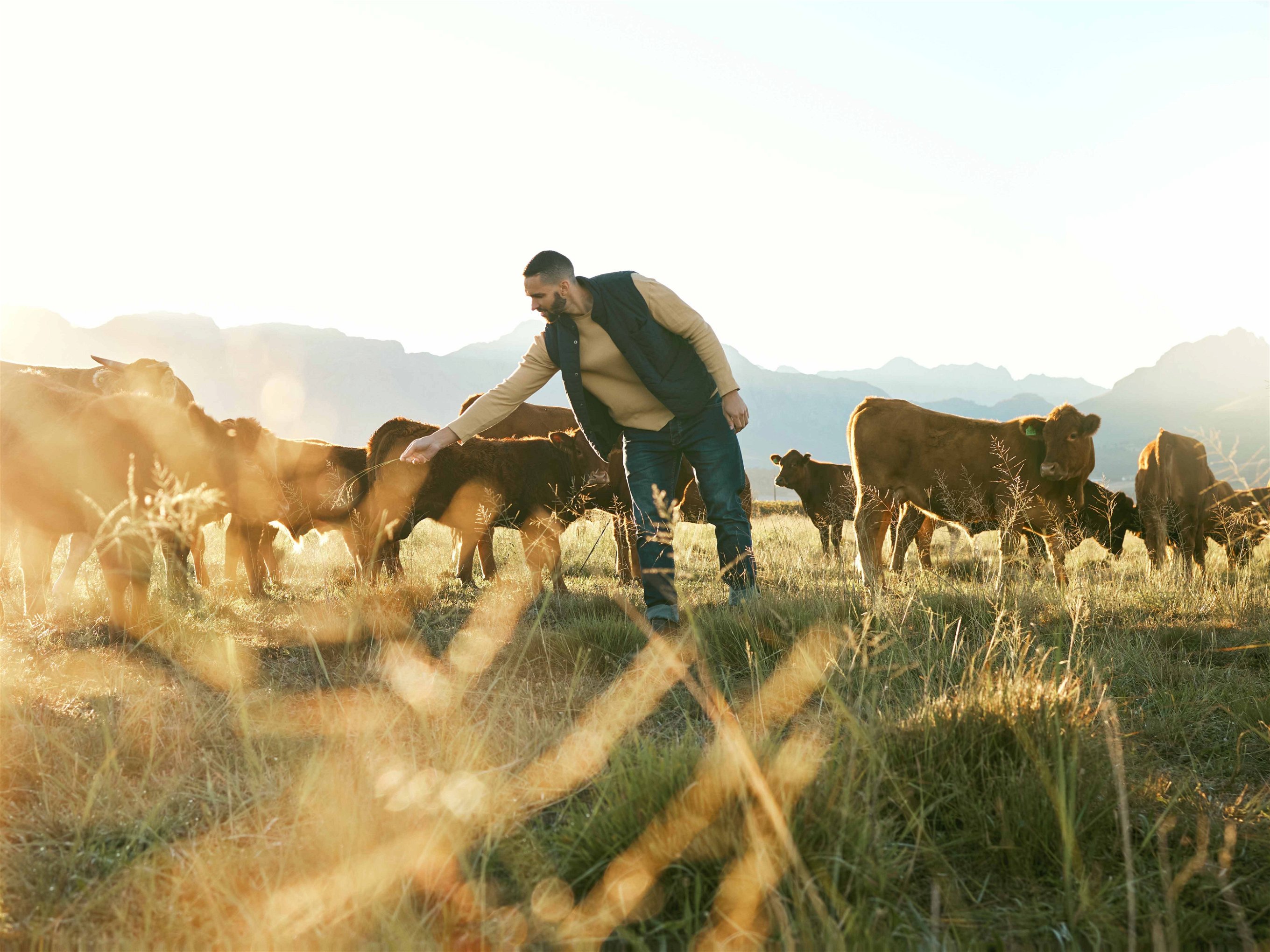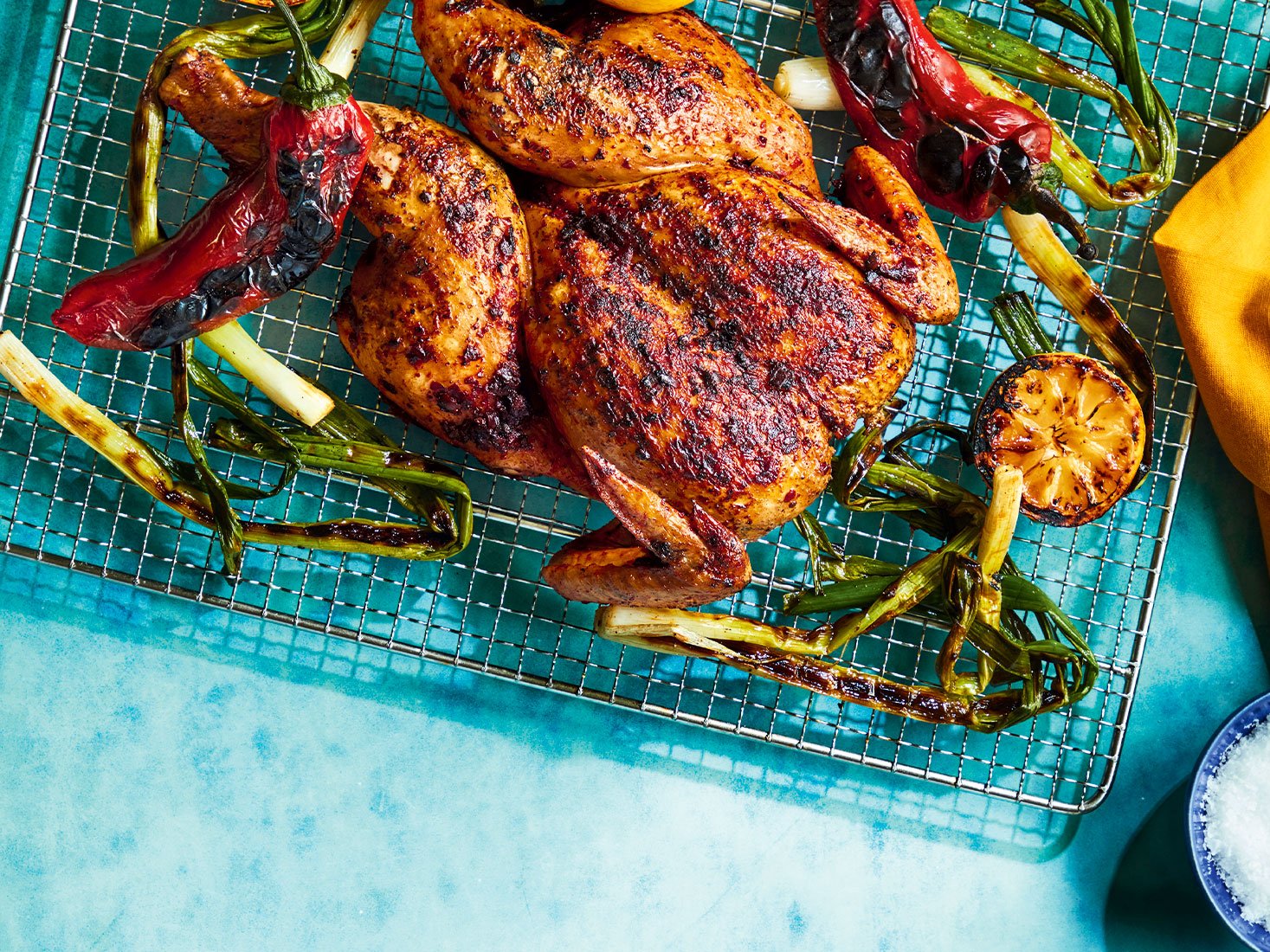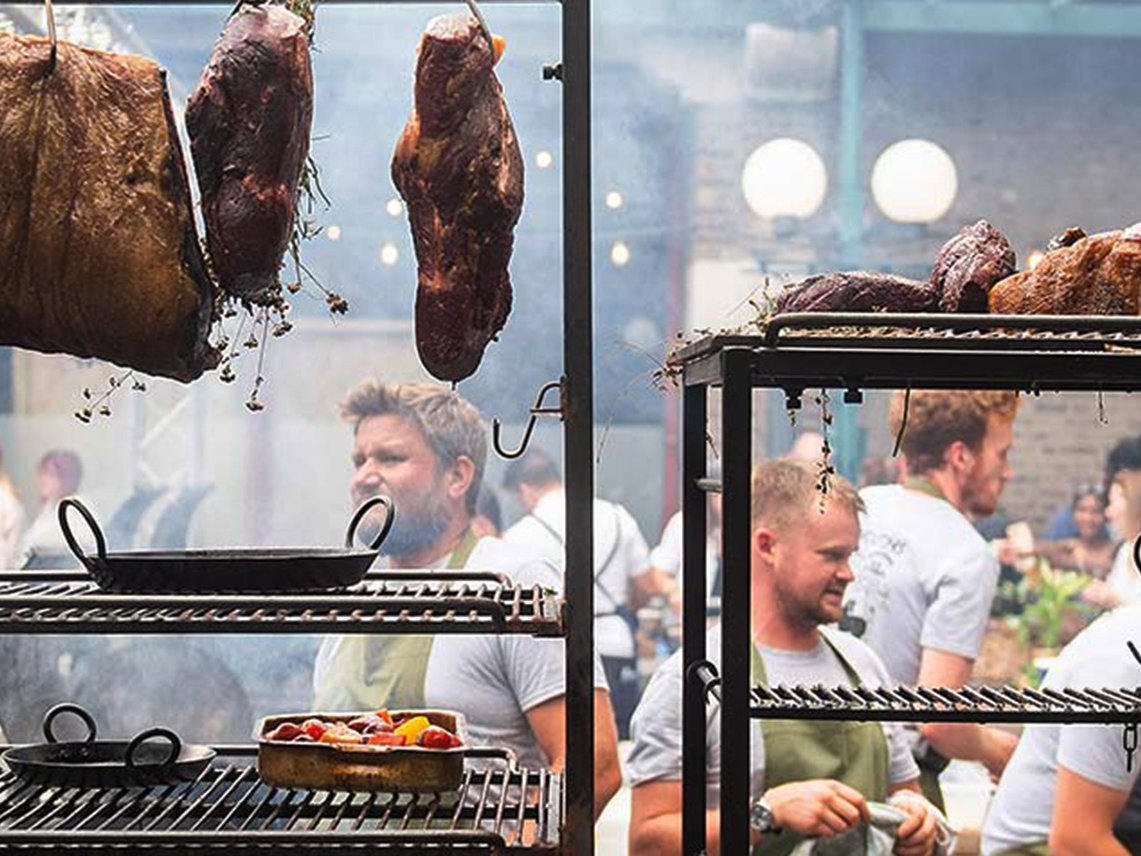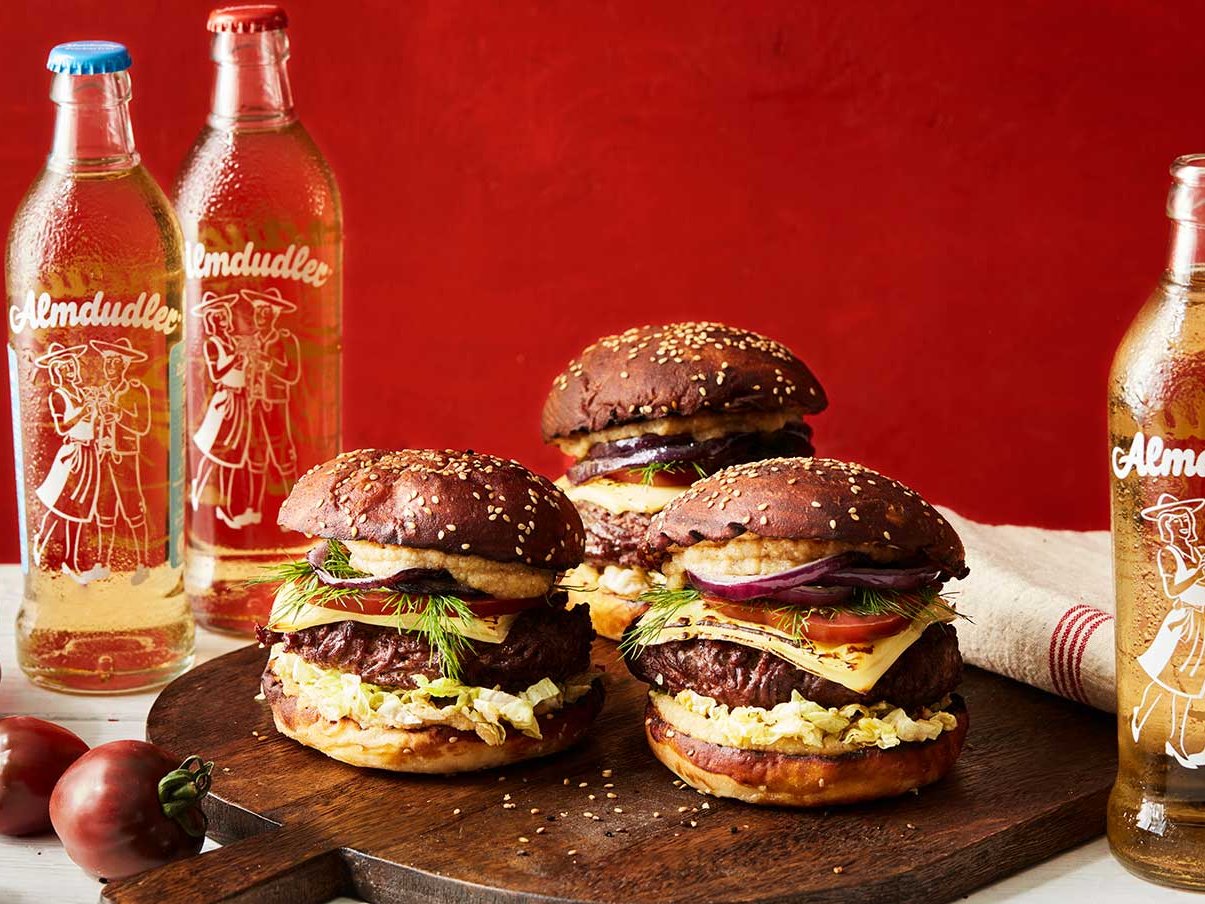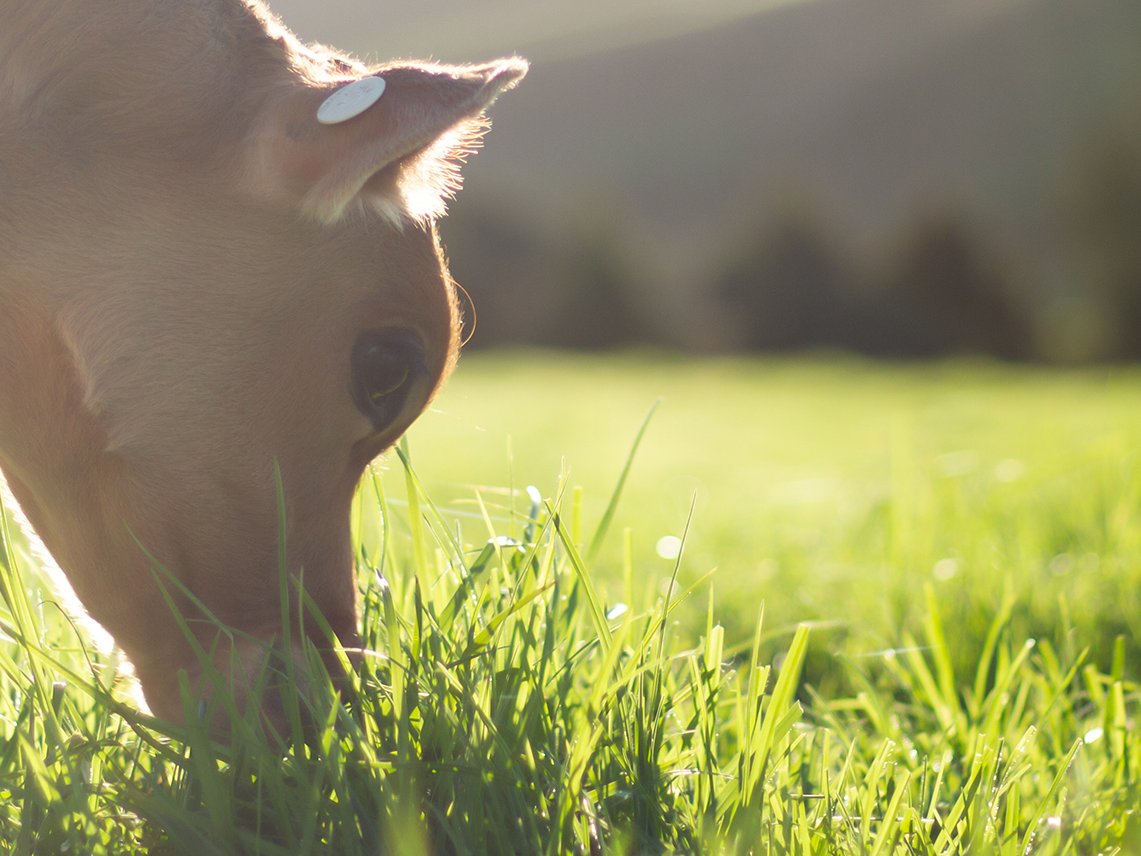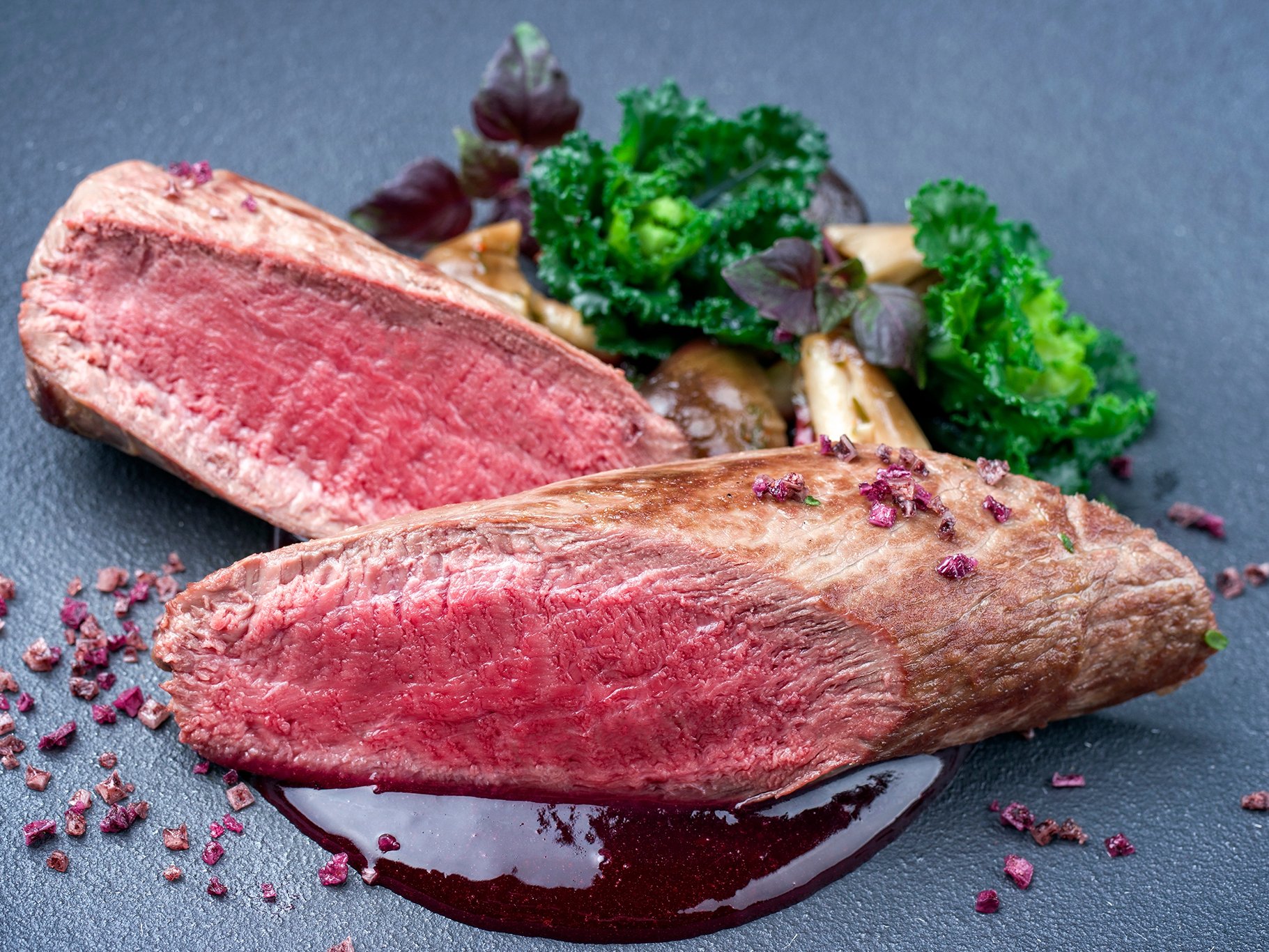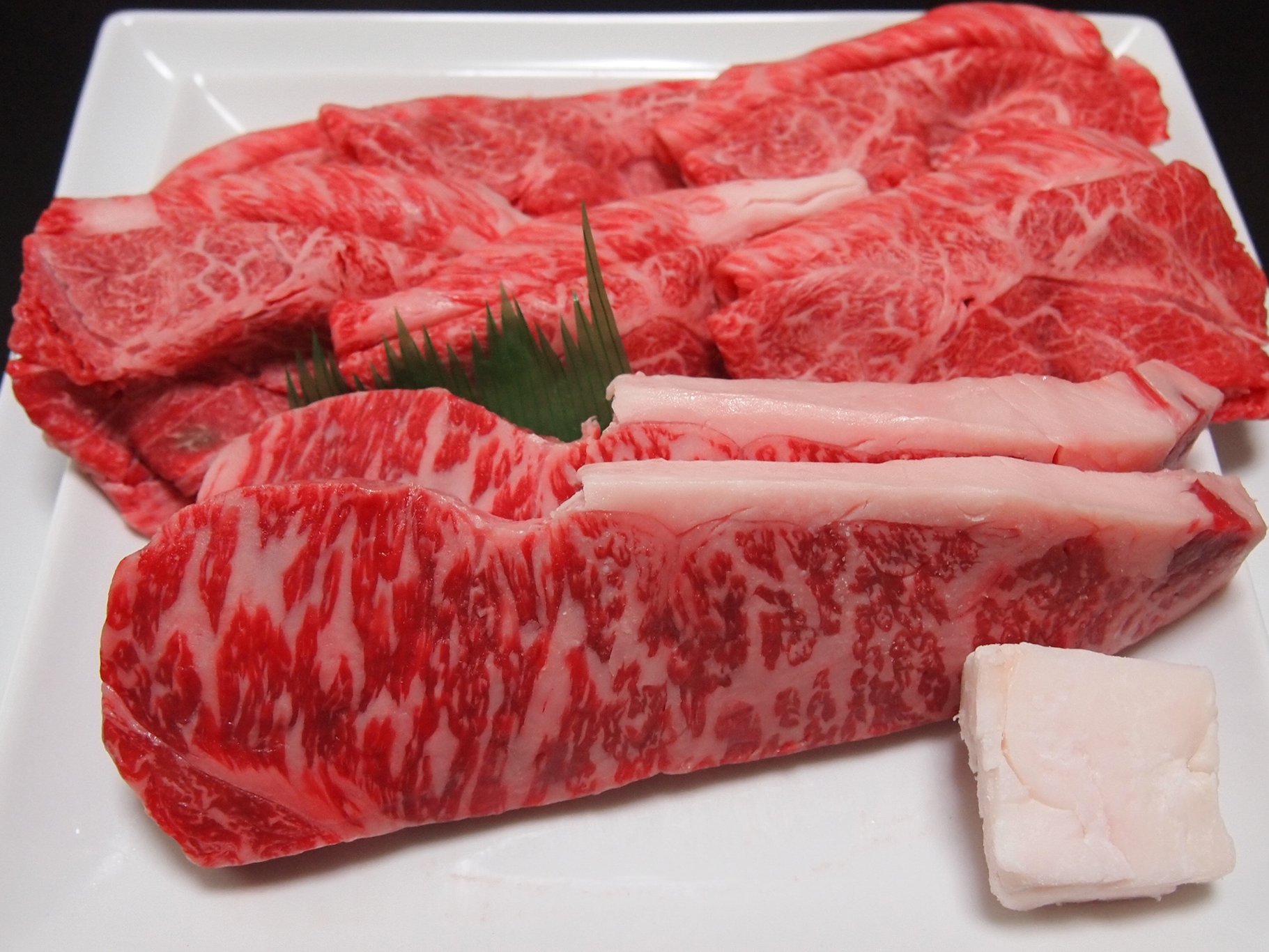All about Beef Cattle Breeds
Limousin, Chianina, Criollo, Rubia Gallega and Hereford – all these breeds are prized for their meat. Chefs and food lovers know they each bring distinct attributes to the table. Here is a primer.
Sirloin, rib-eye, rump or fillet? How do you like your steak? Medium or medium-rare? Perhaps the more important question is: which is your preferred breed? Lovers of good food know that provenance matters. The mantra which dictates that great food relies as much on the quality of the raw ingredients as the skills of the chef, is as true as ever.
Beef has played a role in the human diet for thousands of years: cattle have been domesticated since around 10,000 BC. Beef is the third most widely consumed meat in the world after pork and poultry, accounting for 25% of worldwide meat production. That’s a whole lot of bovine love.
There are key aspects that determine how the meat ends up tasting when it lands on your plate: what the animals feed on, namely grass or grain, how they are raised,and how old they are at slaughter. Then there is the time allowed for hanging, a process that tenderises and enhances flavour. All this applies to all cattle – but then there are the genetics and intrinsic qualities of different beef breeds.
Each breed has its history and certain dispositions: how fast they can grow to maturity, their hardiness to the weather and resistance to certain diseases. What matters when it comes to eating beef, is the different breeds’ distribution of intramuscular fat, namely the marbling we prize so much.
Much of it evolves during the later stages of growth and contributes greatly to the tenderness of the meat and its flavour. Fat distribution forms the basis for the American USDA system of grading: higher levels of marbling achieve a higher grade and price. Depending on where in the world you are, you will come across different breeds on menus and pastures – they matter.
Limousin
The cave drawings in the Lascaux Caves near Montignac, France, estimated to be 20,000 years old, are of cattle thought to be related to today’s Limousin breed. Revered by top chefs across the world for its strong beefy flavour, Limousin meat has a relatively low proportion of bone and fat and is valued for its high yield of quality meat. Weighing in at around 650kg/ 1430lb, Limousin is also lighter than many other breeds.
Originating in the west of France’s Massif Central, Limousin is now found in over 80 countries. In France it is the second-most popular breed after Charolais. It is often crossed with Angus to achieve a balance of yield and marbling, and have a more robust immune system.
Chianina
Chianina is one of the oldest and largest cattle breeds in the world. Taking its name from its homeland of the Valdichiana in the provinces of Arezzo and Siena in Tuscany, Italy, it provides the meat for the famous Bistecca alla Fiorentina, the iconic Tuscan T-bone steak. Praised by the Georgic poet Virgil – his father was a cattle farmer – the Romans valued Chianina cattle so highly they made sculptures of them.
Noted for having plenty of well-defined muscle and a distinctive snow-white coat, Chianina is known for its particularly lean and tender meat. It does not benefit from force-feeding with grain, so it is only right that both the area and origin of the cattle has been protected since 1946: this requires the cattle to be raised on the plains of the Valdichiana and the hillsides of Casentino and the Valtiberina.
Angus
Aberdeen Angus cattle was bred in the early 19th century, mainly from the black cattle of northeast Scotland, known locally as doddies and hummlies. Resilient in harsh weather and early maturing, Angus is valued for being an adaptable breed that can survive in all weather with relatively little maintenance, yielding well-marbled meat.
It remains the most popular breed among North American farmers, due to its fat marbling and tenderness combined with its ability to gain weight quickly and reliably. Angus are also relatively easy to cross-breed. Farmed across the world, Angus dominates in Britain, Argentina, Canada, New Zealand and Australia.
Wagyu
Wagyu refers to all Japanese cattle, with wa meaning Japanese and gyu meaning cattle. Wagyu has been present in Japan since at least the first century. The meat is synonymous with rich, marbled fat. The degree of marbling, called sashi in Japanese, is used to grade the meat. Wagyu has exceptionally tender meat, often described as ’melting.’
Genetically, Wagyu breeds are predisposed to have the highest marbling levels amongst all cattle – and Wagyu is the most expensive beef. Bright, white and lacy veins of fat criss-cross the meat in mesmeric tapestries, making for rich and full-flavoured meat, with a silky mouthfeel. Some connoisseurs feel it deserves much more delicate cooking. Some go as far as flattering it even further by enjoying it raw like sashimi with just a splash of soy sauce.
Longhon
Regarded as the source of England’s historic fame for roast beef, English Longhorn is the oldest British breed. Originating in northern England, it was first used as dairy cow. With distinctive large, white horns, Longhon is famed for being docile and easy to breed.
Longhorn grow slowly and develop good marbling throughout without piling on too much external fat – unlike some other breeds. Best reared on grass, their slow growth allows for a buttery depth of flavour via their beautiful marbling.
Galician Blond
Also known as Rubia Gallega, this breed is from Galicia in northern Spain, mostly from the province of Lugo. The meat of these retired dairy cows has dominated the menus of global top restaurants in recent years. The finest meat comes from animals more than eight years old, sometimes rising to 18 years of age.
The older animals bring higher fat content: their maroon-coloured meat with its thick outer coating of yellow, buttery fat achieves deeply savoury flavours. Its most famous expression is the Txuleton, a giant T-bone cut. Since most beef is slaughtered at two and a half to three years of age, Galician beef is particularly distinctive and memorable due to the animals’ age.
Hereford
Originally believed to have descended from the small red cattle of Roman Britain, Hereford take their name from the county of Herefordshire on the English-Welsh border. Mentions of the breed date back to the 16th century.
With an unmistakable white face, richly coloured red coat, and small, thick horns, their export began in 1817, originally to Kentucky. Hereford cattle are now found in over 50 countries and often compared to Angus for its exquisite marbling.
Charolais
The Charolais is a tall, elegant and muscular breed, originating in the French departments of Charolles and neighbouring Nièvre. Noted for being fast growing, it was the first continental breed to be introduced to Britain in the late 1950s. It revolutionised the UK beef industry due to its faster growing rate.
It now is an important part of cross-breeding programmes, often involving Hereford and Angus, allowing cattle to be ready for slaughter after a year. Charolais was the third French breed to recieve a protected designation of origin.
Rated as one of the best breeds in the country, they must be raised without growth hormones and antibiotics. The fillet is regarded as one of its most tender cuts, albeit lacking depth of flavour, so it is traditionally served with a rich sauce: Boeuf Charololais Sauce à l’Époisses is one indulgent example, found in Burgundy.
Criollo
Covering 750,000 square kilometres/ 185 million acres of Argentina, the flat grasslands of Las Pampas are the pasture of some of the finest beef in the world. The Criollo breed is raised for both dairy and meat production and is thought to have descended from the first animals brought to the Americas by Christopher Columbus. Free to graze on the lush grasses, Pampas-raised cattle tend to pack in more flavour, especially when compared to 100% grain-fed USDA beef from the USA.
Beef does not equal beef. Chefs and food lovers have known that for a long time.
